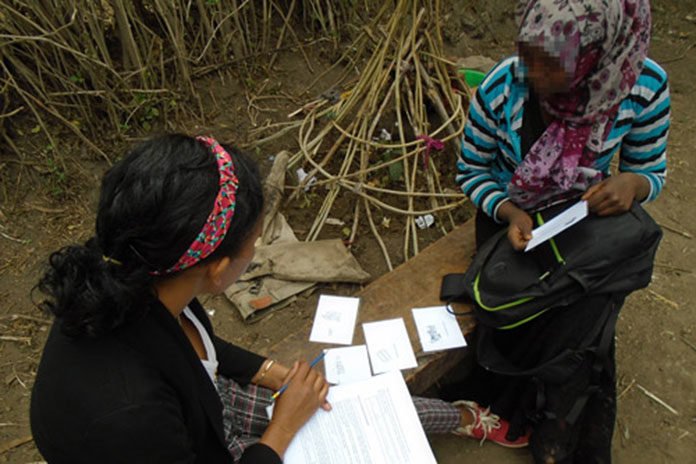According to an evidence provided by the WHO, almost three million girls are at risk every year of having their genitals cut in some way, mostly before the age of 15. And that badly impacts their health in the form of infections, complications in childbirth and chronic pain.
The University of Bristol Reader in Anthropology Dr. Mhairi Gibson said, “The elimination of female genital cutting is a key target for health policy-makers in high-risk communities such as parts of Africa and the Middle East.”
“One of the main barriers to achieving this goal is the absence of good quality data on behavior and social attitudes that underpin this illegal practice.”
In a rural Ethiopian community, most of the people did not support the practice when addressed specifically; in any case, indirect methods for inquiry uncovered continued higher levels of support for Female Genitals Cutting (FGC) among some sections of society.
Those individuals most inclined to hold strong but concealed views in support of FGC included older influential men and those who had been to school.
Dr Gibson said, “The new method of questioning we’ve developed addresses the problem that people may hide their true feelings about such a sensitive topic, and provides more accurate information on subgroups who hold the strongest views in support of the practice.”
“Now campaigners and policymakers can adapt their behavior change work to target older educated males and the methods could be used to provide new insights to another culturally sensitive behaviour such as intimate partner violence, risky intercourse, and early marriage.”
Scientists reported their study in the journal PLOS ONE.
